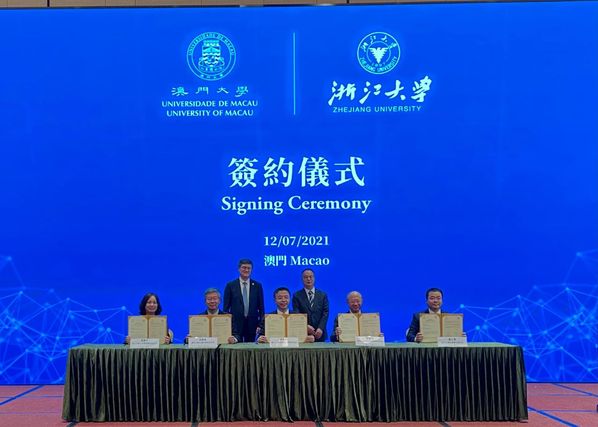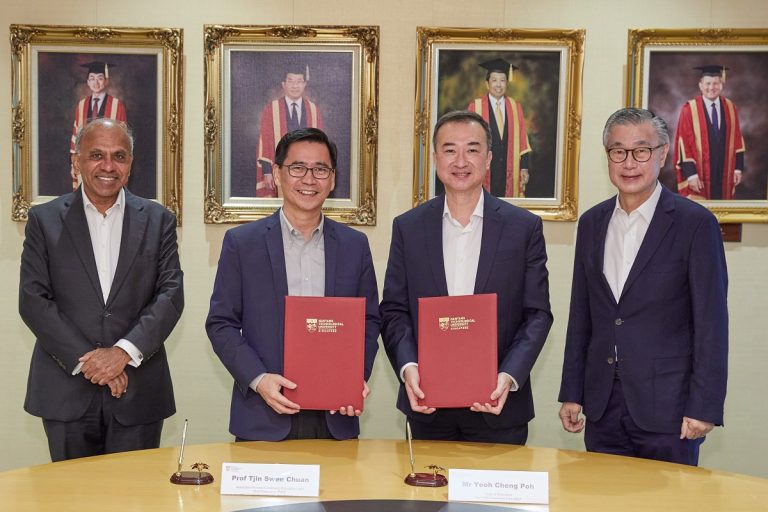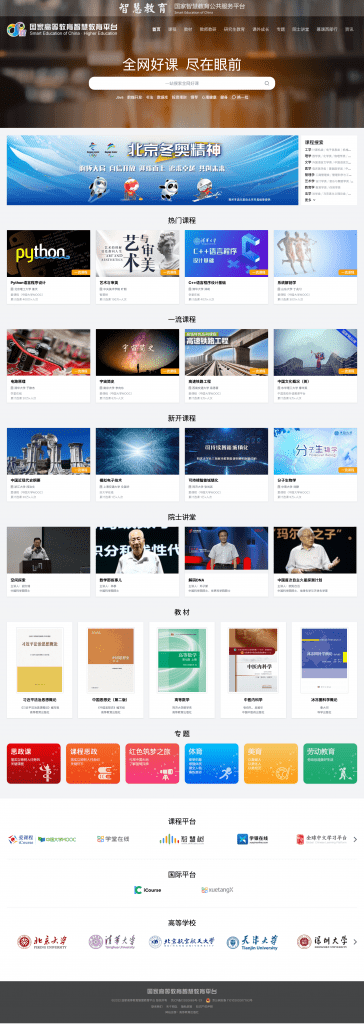
China ranks first globally in the numbers of massive open online courses (MOOCs) and viewers, and sees fast growth in the figures, said Wu Yan, director of the Department of Higher Education of China’s Ministry of Education (MOE).
“In 2013, we only had five MOOCs on XuetangX and more than 100 registered users on MOOC platforms, while now the numbers of MOOCs and relevant users in China have exceeded 52,500 and 370 million, respectively,” Wu said.
Since their inception in China in 2013, MOOCs have experienced remarkable growth in the country. By bringing high-quality education resources to people across the country, they help improve the fairness of education.
In addition to accelerating the digitization of higher education in China, the rapid growth of MOOC platforms over the past several years has enriched the learning materials available to learners, especially young workers who are used to online learning.
Wang Ning, a young man who lives in Tongzhou district, Beijing, is among the young workers in China who enjoy MOOCs.
Since Wang commutes by subway every day, he has developed a habit of taking MOOCs on the subway.
“Lately I’ve been watching the course taught by a teacher from Fudan University on ‘Records of the Three Kingdoms’ as I’ve always been fascinated by the Three Kingdoms period in Chinese history. The methods I can learn from the course for understanding classical texts can also be helpful in my reading other historical records in the future,” Wang said.
Although Wang’s job is not related to history, he believes that online learning can enrich his knowledge and broaden his horizons. Quite a lot of Wang’s colleagues are also active users of MOOC platforms.
“Surveys show that more than half of young workers have taken vocational training, choosing to add to their knowledge base after work,” said a white paper titled “Youth of China in the New Era”, which was recently released by China’s State Council Information Office.
Rich and diverse online learning platforms in the country, such as MOOC platforms, knowledge communities, and NetEase Online Open Courses, not only enable young people to continue learning after graduation, but facilitate the sharing of high-quality education materials from across the globe.
Smart Education of China platform receives positive responses
One month after the launch of the government-sponsored online education platform on March 28, China’s Ministry of Education held a press conference to report on the progress of “Smart Education of China” (SEC), https://www.smartedu.cn/. The platform offers education-related public services, integrates the country’s platforms for primary and middle school education, vocational education, higher education. It also contains an online campus recruitment platform. Recently, as part of SEC, three new sub-sections were launched, namely “Combating COVID-19”, “Mental Health Services” and “Beijing 2022 Winter Olympics”.



It is reported that SEC has received very positive user feedback. Its sub-section for primary and junior high school students has seen an increase of content. As of April 27, SEC had a total of 2.22 billion visits. Among them, the two sections “Features” and “After-school Service” had 370 million visits combined, helping to enrich students’ after-school activities. This section also provides effective support for online learning at the COVID-19 stricken areas. In the eight provinces impacted the most by the pandemic, the average daily visits to the platform exceeded 2 million. A mobile APP was also launched to facilitate the synergy among students, teachers and parents.
Nearly nine million people from 129 countries and regions, including China, the United States, the United Kingdom, Canada, and Japan, have visited the higher education section of the platform which has more than 25,000 online courses, with the number of visits at the peak periods reaching 7,000 per second, according to Xu Mei, spokeswoman for the MOE.
Currently, the platform for vocational education has gathered nearly 2,000 digital libraries, over 6,000 excellent online courses and more than 2,000 video courses, Xu said, noting that these resources can effectively help users learn knowledge and skills in various fields.
As Smart Education in China is improved with each passing day, more and more young people outside China can also access high-quality learning resources from the country via the platforms under it.
According to Wu, the platform for higher education connected to Smart Education of China has been linked to international online learning platforms, such as XuetangX, and are therefore able to provide more than 900 courses in multiple languages for learners around the world.
“Higher Education in China over the Past Decade”
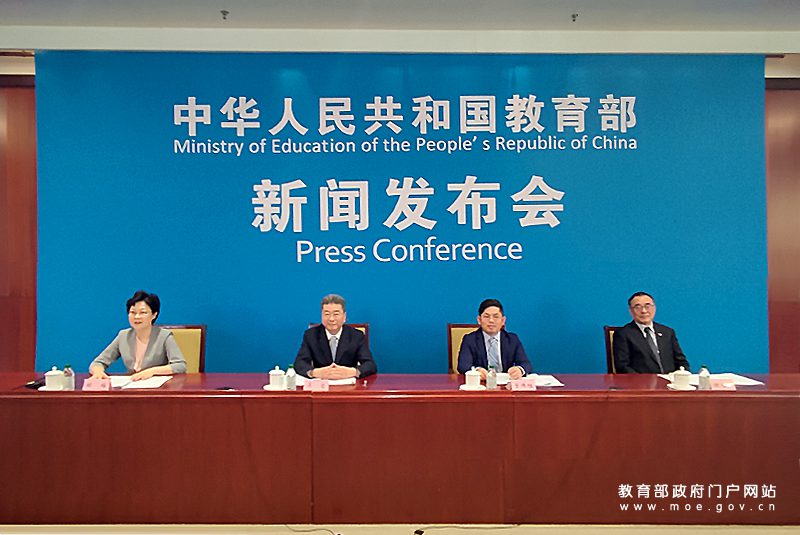
On May 17, the MOE held a press conference to review the achievements made in higher education since the 18th CPC National Congress in 2012. This event is the second of a series of press conferences held by the MOE under the theme “Education in China over the Past Decade”. Wu Yan, Director of the MOE’s Department of Higher Education, delivered an overview report for the occasion.
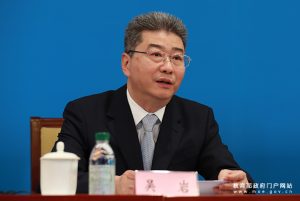
According to Wu, China now has established the largest higher education system in the world, training a vast number of high caliber talent. This talent is playing an essential role in China’s national revitalization, economic and social development, and technological advancement. “Efforts will be continued to improve the quality of higher education and enhance its capability of meeting national strategic needs, promoting a distinctive Chinese model for higher education development.” added Wu.
Over the past decade, China has achieved historic progress on all fronts in the sector of higher education.
Inclusive expansion. The number of people in higher education reached 240 million, while graduates entering the workforce had on average received 13.8 years of education. The number of students registered in HEIs totaled 4.43 billion, while the gross enrolment rate in higher education increased from 30% to 57.8% between 2012 and 2021, up 27.8%, marking the milestone of popularization on a global scale.
Scaled-up capabilities. An array of major programs aimed at bolstering world class universities and disciplines for the 21st century have been implemented, including Program 211, Program 985 and the Double First-Class initiative. MOOCs (massive open online courses) and online education have been flourishing across the country. By the end of this February, over 52,500 MOOCs had been made available online and more than 330 million college students had earned MOOC academic credits. In terms of innovative vocational education, the quantities of specialized courses and courses open to the public on innovative startup education exceeded 30,000 and 11,000, respectively, and the Chinese College Students’ “Internet Plus” Innovation and Entrepreneurship Competition has been held successfully seven times. With stronger capabilities to serve society, universities and colleges accounted for over 60% of China’s basic research projects, over 80% of research projects funded by the National Natural Science Foundation, and over 60% of major rewards for state-level scientific and technological achievements.
Qualitative improvement. Since the launch of Double Ten Thousand Plan (10,000 first-class undergraduate courses at national level and 10,000 courses at provincial level), aiming to improve quality of higher education at undergraduate level, 8,031 national-level and 8,632 provincial-level first-class undergraduate programs have been offered, with 3,559 selected and approved national-level first-class courses. In undergraduate engineering education, a total of 1,457 new engineer training programs were initiated, and more than 1,100 bachelor-level universities and colleges in cooperation with nearly 800 enterprises implemented 37,000 projects. In medical education, a nationwide reform was carried out to promote the “5+3” talent training system, encompassing 5 years of undergraduate medical study and 3 years of residency, in support of the “8-year consistent” clinical medical education programs provided in 11 HEIs. In agricultural education, a total of 407 new agricultural practice programs were initiated, 184 practice bases for agricultural education program were established, and 48 HEIs opened a latest major on seed science and engineering. In humanities and social science education, a total of 1,011 new humanities education programs were initiated, along with more than 3,000 new interdisciplinary majors integrating liberal arts with science and technology or engineering. Talent Training Program 2.0 was fully rolled out, with 288 training bases set up in 77 HEIs attracting over 10,000 excellent students in basic disciplines.
Structural optimization. The undergraduate major catalogue currently includes 771 majors following incorporation of 265 new majors. 17,000 new bachelor’s degree programs were added while 10,000 were cut off or suspended, indicating better adaptation to emerging technologies, industries and business formats. In the context of revitalizing higher education in Western and Central China, an accumulative state appropriation numbering 10.7 billion yuan was made to support paired assistance between 119 top HEIs in the eastern part of the country and 103 beneficiary HEIs in the western and middle region. In addition, 151 new HEIs were founded jointly by relevant ministries or commissions, large-scale enterprises and local governments.
Overarching Party leadership. By ensuring full Party leadership, principals’ accountability was strengthened and awareness of the right political directions were enhanced in HEIs. 699 demonstration courses on ideological and political theories were introduced, staffed by 699 teams of teachers and 30 centers for pedagogical research and demonstration.
REFERENCE:
- China ranks first in world in numbers of MOOCs and viewers http://en.people.cn/n3/2022/0601/c90000-10104150.html
- 国家智慧教育平台“满月”广受好评 http://www.jyb.cn/rmtzgjyb/202204/t20220429_691349.html
- 高等教育如何走过这十年 http://www.moe.gov.cn/fbh/live/2022/54453/mtbd/202205/t20220518_628375.html





